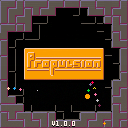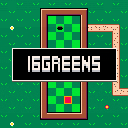EUROPICO 88
The unofficial tie-in video game for the 1988 European Championship in West Germany!

EUROPICO 88 is a top-down football game heavily inspired by 90s semi-arcade-style football games like Sensible Soccer and International Superstar Soccer (recognise that menu music...?). Simulation aspects like substitutions, through-balls, slide tackles, teams with different stats and referees were eschewed in favour of speed, simplicity and an AI that won't let you have it easy but is satisfying to outfox. Players can choose any of the 8 teams participating in the EURO 88 finals in West Germany, and can pit themselves against their friends, the computer, or just sack it off and watch the computer play itself!
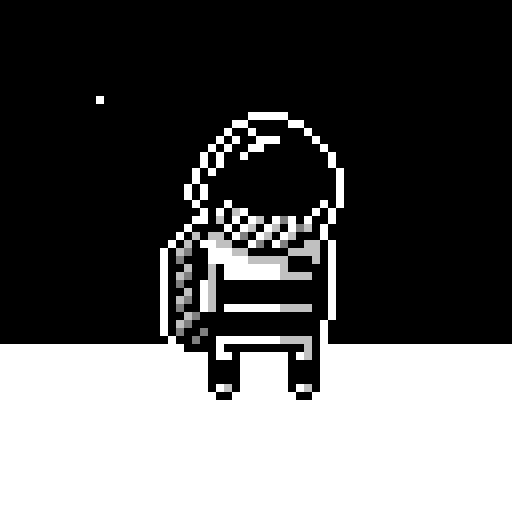


"Imprisoned beneath the earth...only your wit, guile and a plasma pistol for company. However will you escape?"
Propulsion
25 levels of mind-bending physics-puzzle-platforming fun!
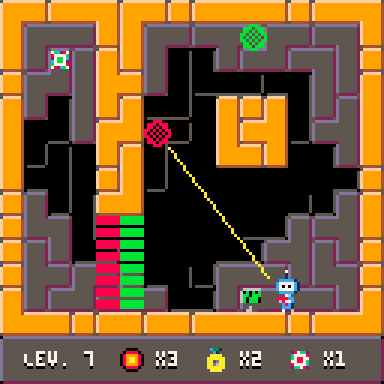
This is actually a remake of a Flash game I made back in 2011-2012, which you can play here. I even remade the original music in glorious 4-channel chiptune (I got the original music from the Newgrounds Audio Portal and it's since been deleted. Wish I could find the original artist!)
I made a post before about

Previously when making games in LOVE2D, I made use of a simple 2D axis-aligned physics library called bump.lua. I especially enjoyed the versatility (e.g. different collision types and outcomes based on custom filtering) and the simple, intuitive API. I wanted to see how effectively it could work in PICO-8, so I forked it.
The main obstacle to running bump was that PICO-8 has no access to the math lua module and uses 16-bit ints, so all math.floor etc. calls were replaced with their PICO-8 equivalents. math.huge did not have a standard PICO-8 analog, so the 16 bit int max (32767) was hardcoded instead. Likewise, PICO-8 lua does not parse 10e-10 style numbers, so DELTA was changed to a regular decimal value. In addition, PICO-8 does not have access to the table module, so a separate sort function was added to replace table.sort.
16 Greens
A bog standard minigolf game with 4-player pass-and-play multiplayer
I heard about PICO-8 literally years ago and completely forgot about it until last weekend. Downloaded it and spent the week having a great time getting to grips with it. 16 Greens is the first 'proper' game I've made so far.
Lessons Learned
- I tried to lean into the 'PICO-8 way' as much as possible; usually I'd make maps in Tiled and import them into whatever game I'm making, but since PICO-8 has a specific cart block for map data, I figured it was best to use that instead (I still used Tiled, I just wrote a python script to convert tmx files into PICO-8 map data). For this game, since I wanted each hole to be a full screen, this limited me to 16 holes, but I figured this would help me preserve precious tokens and characters. In hindsight, I actually seriously underestimated just how many tokens and characters PICO-8 affords you; I ended up under 50% of the token limit and didn't even use 20% of the character limit (after minifying). I'll try storing map data in code in future (especially since string encoding doesn't eat up many tokens).










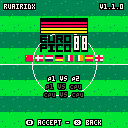
 5 comments
5 comments
